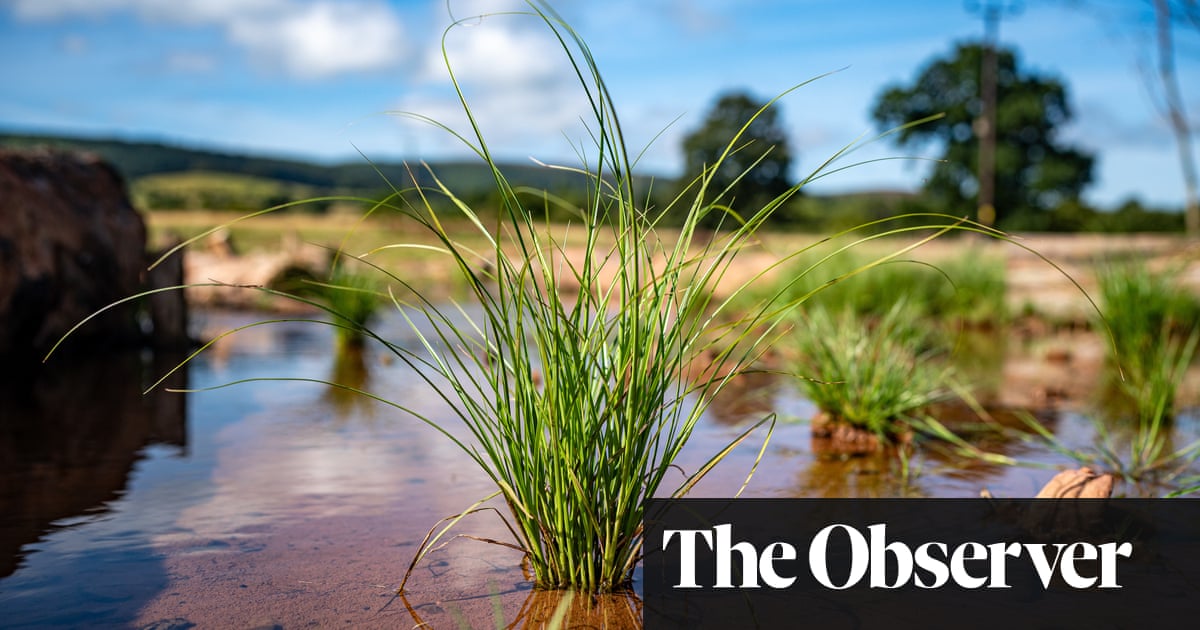It is easy to get mired in a sense of hopelessness about the biodiversity crisis, but amid the doom and gloom, there are more than a few reasons to remain upbeat. For one thing, research this year underlined that conservation action works.
Thanks to the efforts of dedicated organisations, scientists, engaged private-sector partners and thousands of committed local people, there is an abundance of biodiversity success stories springing up in the UK. While beavers and eagles may hog the headlines, there is so much more out there, from striking butterflies to diminutive plants, reimagined rivers to revived mountain slopes.
Conservation is a complex business, but new methods are emerging to preserve, improve and generate new habitat and, in many cases, attract back or reintroduce species not seen for decades. After a nudge, ecosystems are often doing much of the heavy work themselves. Inspiring examples can be the root of a wholesale fightback. It’s time to fight inertia and look towards a brighter future for UK biodiversity, with a selection of site visits worth putting on your calendar for the coming year.
Mo’ better blues
The plight of Britain’s butterflies is never far from the news, but downward arrows and the furrowed brows of lepidopterists are not the whole story. Dramatic comebacks of rare species, including the purple emperor (Apatura iris) and Duke of Burgundy (Hamearis lucina), are a notable counter to the pessimistic narrative.
The most successful of all is almost certainly the large blue (Phengaris arion), declared extinct in 1979. A meticulous programme of reintroduction since the early 90s means its range now covers swaths of south-west England. Underpinning it all was understanding its highly specialised lifecycle. As well as feeding on wild thyme, the large blue depends on one heat-loving ant, Myrmica sabuleti, to take its pupae into its nest. Getting food plants appearing at the right time close to the right ant colonies requires special attention – something that the likes of David Simcox of the Royal Entomological Society has been doing for decades.
Starting on the Polden Hills in Somerset, more than 40 sites have been restored to large blue-suitable habitat. Its range expansion has also been assisted by evolution: in the early years after…
Click Here to Read the Full Original Article at Travel | The Guardian…
